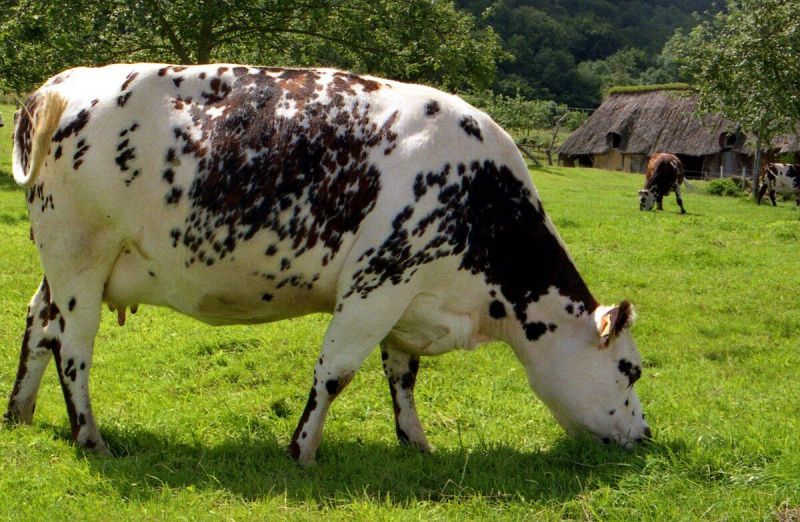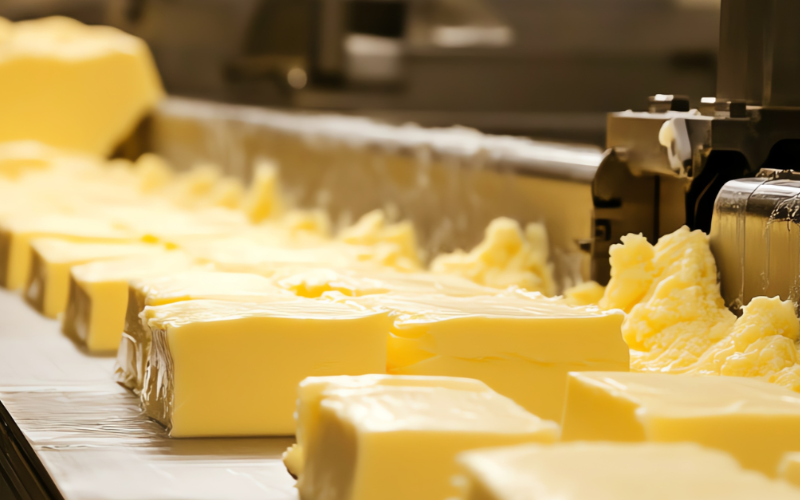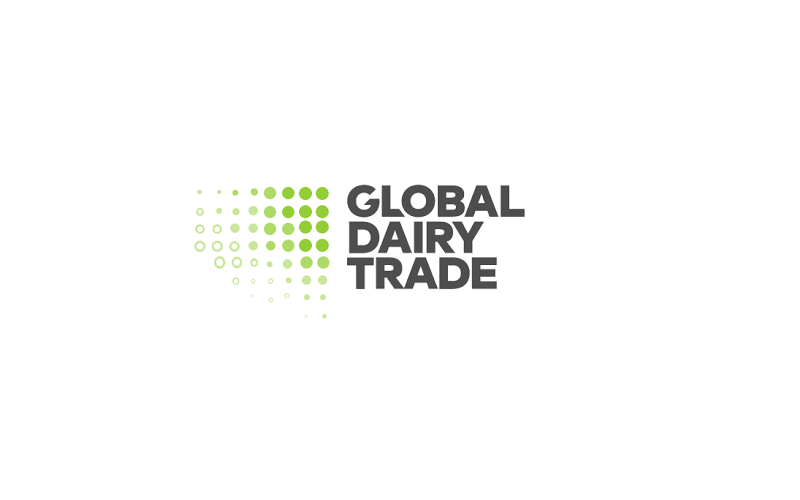Why the Normande Breed is Ideal for Cheese Production

Insights into the Normande Breed
The Normande breed, originating from Normandy, France, has roots dating back to the 9th century when it resulted from the crossbreeding of local cattle with animals brought by the Vikings. By the 17th century, selective breeding had improved its milk and meat production capabilities. In 1877, its introduction to the Americas marked a significant step in its global expansion.
A Top Choice for Cheese Production
Agricultural engineer and livestock expert Jeraldyn García Arévalo highlights the notable advantages of the Normande breed on her Instagram account. Known as "the queen of cheese," this breed boasts superior milk yield and quality. García notes that its milk yields 15% to 30% more cheese compared to other breeds, thanks to a unique composition with 42.8 grams of fat and 34.3 grams of protein per 1,000 grams, along with a high frequency (82%) of the B variant of casein, enhancing coagulation and technological cheese production.
Comparative Milk Production
Although the Normande produces less milk annually (4,750 to 7,300 liters) than the Holstein breed (over 8,000 liters), it remains preferable for cheese production due to its milk quality. García emphasizes the breed's adaptability to various climatic conditions, maintaining milk production in adverse environments.
Adaptability and Resilience
The Normande breed is valued in Colombia for its resilience and versatility. García points out its superior food conversion efficiency and adaptability to diverse climates, from high altitudes above 3,000 meters to low tropical regions. "It is important to have a defined line to improve the type of production we need," she concludes, underlining its dual-purpose utility in milk and meat production.











